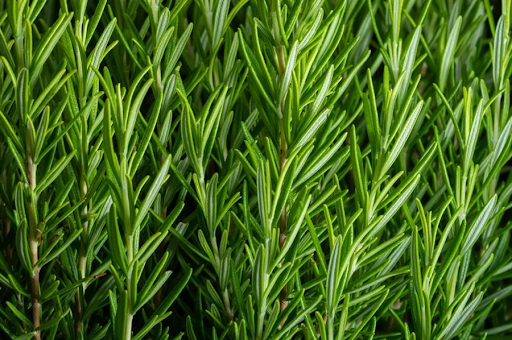Latin name: Salvia rosmarinus
Place of origin: Mediterranean
Description: Rosemary is a small bushy herb with shallow roots. It grows straight up from the ground and has many pine-like needles.
Historical Medicinal Use: It was thought to cleanse the air in miasmic theory during the Middle Ages. It was thought to cure pain caused by coldness, treat weak stomachs, rheumatism and purify the blood (Meurdrac 65). It was used in a medicinal recipe by Foquet for treating a headache caused by the cold and for purging the brain (3).
Modern Medicinal Use: Rosemary has been clinically proven to help with mood, memory, learning, pain and anxiety. It has empirically shown anti-inflammatory, antimicrobial and antioxidant properties (Rahbardar and Hosseinzadadeh).
Sources
Stannard, Jerry. Herbs and Herbalism in the Middle Ages and Renaissance. Edited by Richard Kay and Katherine E. Stannard, Ashgate Variorum, 1999.
Meurdrac, Marie, and Jean Jacques. La chymie charitable & facile en faveur des dames 1666. CNRS, 1999.
Fuchs, Leonhart. Histoire des plantes. 1549
de Fouquet, Marie. Recueil des remèdes faciles et domestiques, choisis et expérimentés, et très approuvés pour toutes sortes de maladies internes et externes, et difficiles à guerir.
Ghasemzadeh Rahbardar, Mahboobeh, and Hossein Hosseinzadeh. “Therapeutic effects of rosemary (Rosmarinus officinalis L.) and its active constituents on nervous system disorders.” Iranian journal of basic medical sciences vol. 23,9 (2020): 1100-1112. doi:10.22038/ijbms.2020.45269.10541 ↩︎

